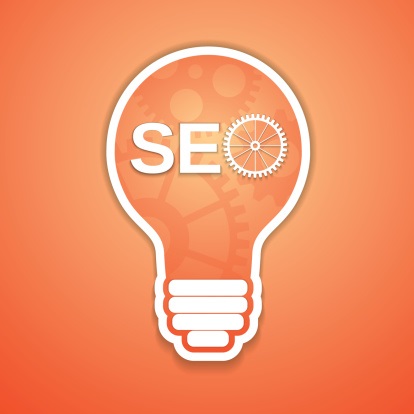
7 Easy (Yet Impactful!) eCommerce SEO Tactics You Should Use Right Now
According to Advanced Web Ranking, the top five posts listed in a Google search engine results page generate nearly 70% of all clicks from that search. And fewer than 10% of searches lead to page two. We’re all striving for that number one spot on Google, and while it may seem like a daunting task to accomplish, the good news is that there are some easy and impactful steps you can take to optimize your eCommerce pages to rank higher organically.
1. Create a keyword hierarchy with category, subcategory, and product pages
Often times, marketers try to focus too many keywords on a single category or product page. Instead, create a keyword hierarchy that matches the category and product structure of your site. This enables you to focus on specific keywords for product pages that match the page and user intent, while also increasing your visibility in search by applying broader keywords to your main pages—optimizing for both search engines and also users looking for specific items.
2. Optimize your images and tags
When Google launched Shopping Ads in the image results they confirmed what we already knew—customers love to shop for products via images.
The good news is there are some very simple ways to substantially help your products rank near the top of the Google Image search results.
By ensuring your product images are large (preferably above 900×900 pixels), have descriptive alternate text, are unique, and are surrounded by on page content that matches the image itself, you’ll provide clues to search engines as to what your image content is. Before uploading an image to your site, you should also optimize the image filename with two to four words of keyword rich text. Taking these steps will send positive signals to Google about the quality and relevancy of your image and will help it rank higher in image results.
3. Call out gender in SEO elements, if applicable
The biggest category split in eCommerce is gender. Although some products can fall into both buckets, many eCommerce sites separate products by male and female products. If I’m looking for running shoes for myself, I’m likely to search specifically for “men’s running shoes,” or at least click on a page specifically designated for male products. Using gender in your titles and meta descriptions, as well as site taxonomies, will help you rank higher for gender specific search terms.
4. Add a promotion or call to action in the title or meta description to raise organic CTR
There’s no doubt click-through rate (CTR) is a big ranking signal. You’re likely not only competing with other organic results, but also paid search results. While many SEO-ers see the organic listing as merely a place to put keywords and descriptive content, it can–and should–be utilized to also promote your product with selling points specific to your brand.
This is an extremely underutilized and underappreciated function of meta titles and descriptions. By using offers such as free shipping and seasonal sales in your copy, as seen in the example below, you’ll differentiate your page from the other generic SEO copy and increase your organic CTR.
5. Optimize your FAQ, Help, or Guide Pages
You’re in the business of selling—we get that. And we know the simple fact is that information pages on SEO websites don’t produce nearly the amount of revenue as eCommerce pages. So why would you waste your time creating and optimizing pages such as how-to guides, fitting guides, blogs, and FAQ pages?
Although your focus may be selling products and not information, you must remember that the customers who are buying those products you’re trying to sell are searching for the information provided on these types of pages.
Creating and formatting information-rich content—and then optimizing it—gives your site a huge advantage when trying to rank for queries about a product’s fit or how to use it. With the increasing prominence of the answer box in search results, you have even more of an opportunity to own that SEO real estate for a wider range of queries throughout the buyer’s journey.
6. View your SEO listings in real life
Working behind the scenes every day, most SEO’ers forget that no matter what work you put into the backend, it’s what your customers actually see in live search results that matters. It’s important to be aware of the organic landscape for your pages targeted search queries. This includes noting your competitors’ rankings as well as the breakdown of the search engine result pages (video results, rich snippet results, results with Schema, image results, informational vs. eCommerce pages).This will help uncover important opportunities or issues you would never find working in the backend. Consider everything that you discover from manual searches, and let that influence how you optimize the page that you want to appear in the space.
7. Prioritize your optimizations
It’s not unheard of for a digital marketer to spend weeks optimizing for SEO and have his efforts never see a single impression. There is often some confusion on where to start to optimize for organic search, and if you’re ever unclear, the easiest thing to do is ‘follow the money’. High revenue generating organic landing pages produce the most bang for your SEO-effort-buck. Usually this follows the familiar hierarchy of Homepage > Category > Subcategory > Product. Check Google analytics to see which pages generate the most SEO revenue, and start with those. They are likely already ranking well for some high revenue terms and further optimizations could increase their revenue exponentially.
Want to read about SEO best practices? Check out these other LYONSCG blogs!
8 SEO Tips Every eCommerce Business Should Know
eCommerce Blogging: 3 SEO Golden Rules
5 Free SEO Tools to Improve Your eCommerce Website
Joe Obringer is group manager of Search and Media at LYONSCG.
